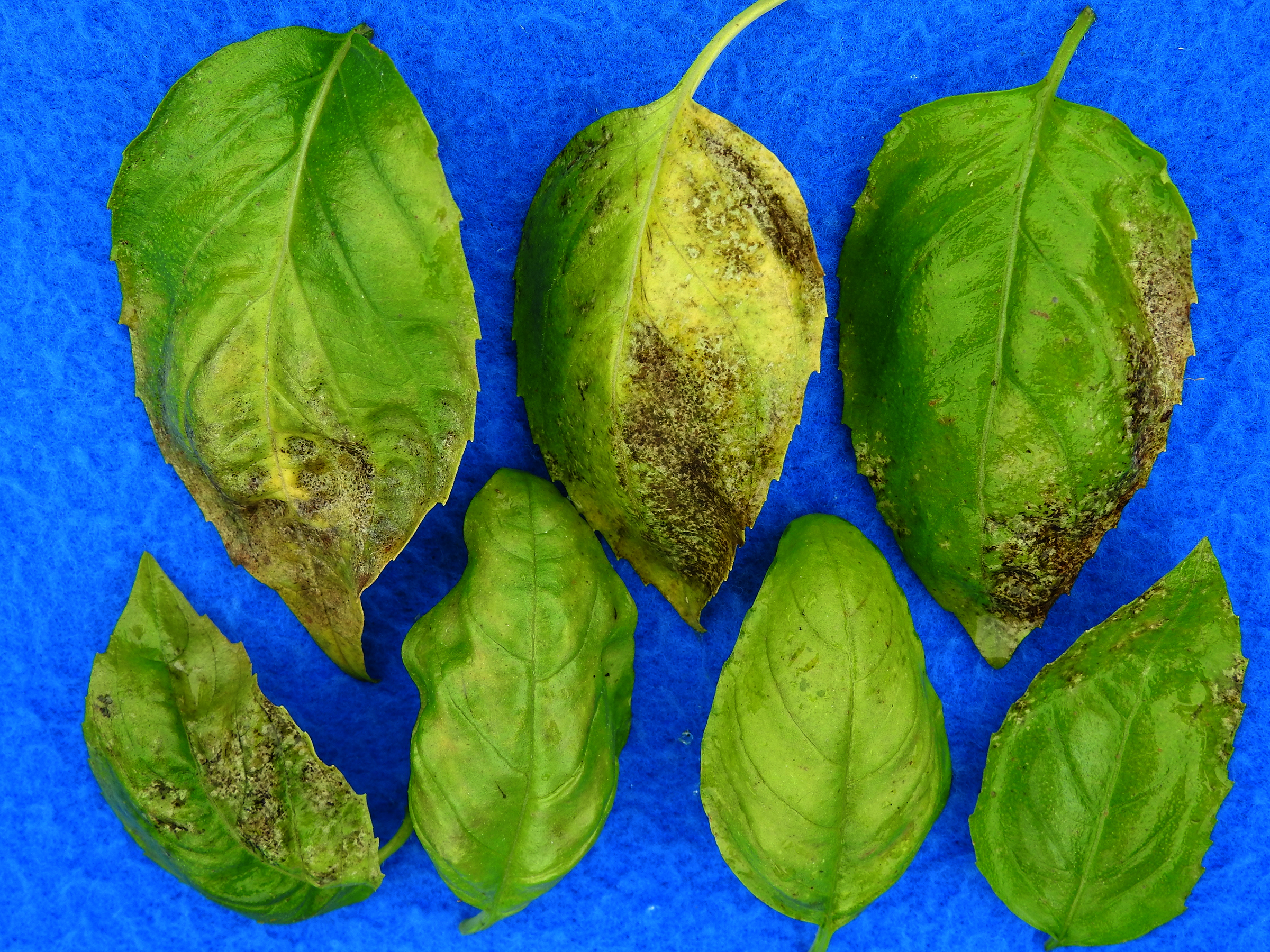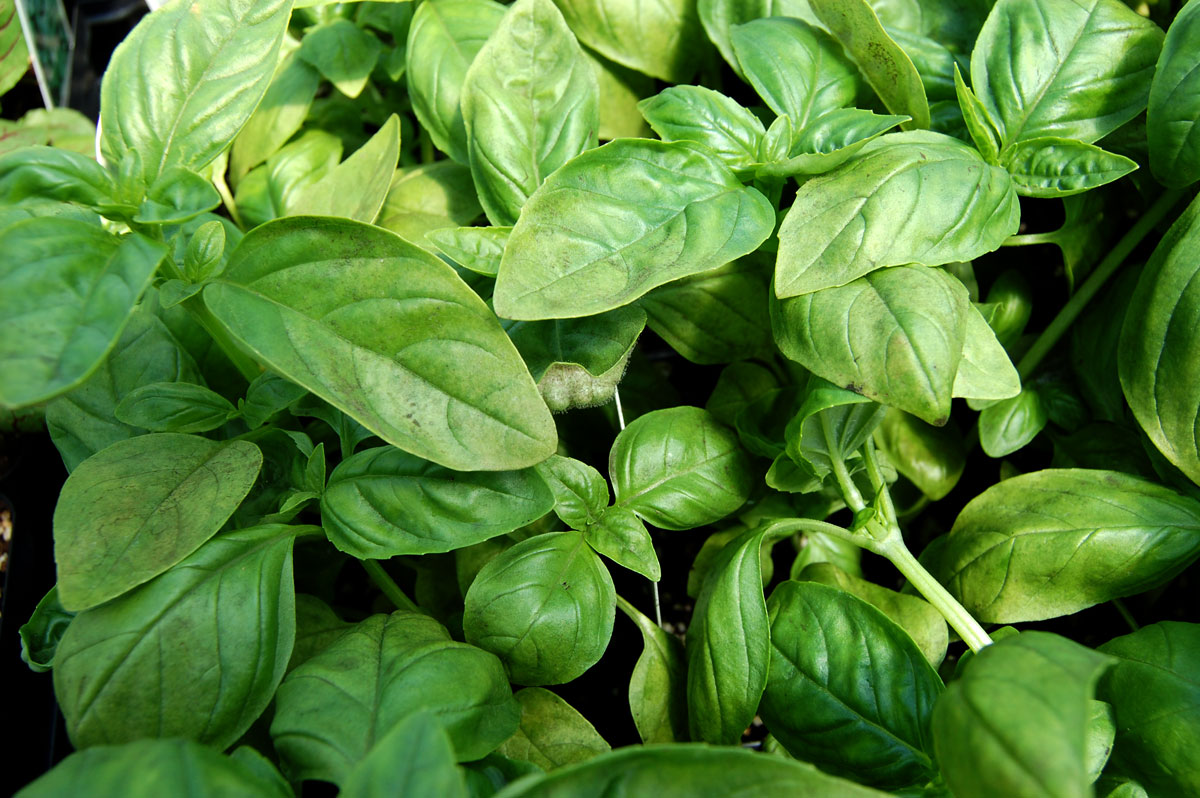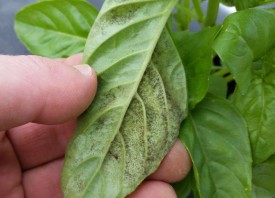
Then click 'Write Articles' and publish them to your site. It lets you write hundreds of SEO optimized articles to rank higher on Google. Want more website traffic & customers? Try using AtOnce's Article Generator.
#Basil downy mildew how to#
How to Get More Leads & Rank Your Website Higher On Google Use a disinfectant solution or a mixture of bleach and water to clean your tools thoroughly between uses. Regularly sanitize your gardening tools, such as pruning shears and trellises, to prevent the transmission of the disease. Sanitize Tools and Equipmentĭowny Mildew can be easily spread through contaminated tools and equipment. Instead, choose a different area of your garden or farm for each year's basil crop. Avoid planting basil in the same location for consecutive years, as this can increase the risk of disease recurrence. Rotate your basil crops annually to prevent the buildup of Downy Mildew spores in the soil. Consider using drip irrigation or a soaker hose for efficient and targeted watering. This will help keep the foliage dry and prevent the spread of the disease through water splashes. Instead, water the basil plants at the base, directly onto the soil. Avoid Overhead Wateringĭowny Mildew thrives in moist conditions, so it is important to avoid overhead watering. Avoid overcrowding and prune any dense foliage to promote airflow. This will help reduce humidity levels and minimize the risk of Downy Mildew development. Ensure that your basil plants have enough space between them to allow for proper air circulation. Provide Adequate Air Circulationīasil plants thrive in well-ventilated areas. Some examples of Downy Mildew-resistant basil varieties include Prospera, Devotion, and Obsession. Resistant varieties have been bred to withstand the disease and are less likely to be affected.

When selecting basil varieties for your garden or farm, opt for those that are known to be resistant to Downy Mildew. By implementing certain practices, you can reduce the risk of the disease affecting your basil plants and ensure the safety of the basil leaves. Prevention is key when it comes to Basil Downy Mildew. Additionally, the fuzzy mold on the undersides of the leaves can harbor harmful bacteria and other pathogens, posing a potential health risk if consumed. The disease can cause a bitter taste in the leaves, making them less desirable for culinary use. Yes, basil affected by Downy Mildew can have an altered flavor and may not be safe to consume.

Does Basil Downy Mildew Affect the Flavor and Safety of Basil Leaves? If left untreated, the disease can spread rapidly and result in the death of the basil plants. The undersides of the leaves develop a fuzzy gray or brown mold, which is a characteristic symptom of Downy Mildew.

The disease causes yellowing and browning of the leaves, leading to stunted growth and reduced yield. How Does Basil Downy Mildew Affect Basil Plants?īasil Downy Mildew can have a significant impact on basil plants.
/26140462685_7abc3eebc3_k-57f3e1533df78c690f7decb0.jpg)
The disease primarily affects basil plants, including common basil varieties such as Genovese, Thai, and Sweet basil. It thrives in cool, humid conditions and can spread rapidly through water splashes, wind, and contaminated tools or equipment. What is Basil Downy Mildew?īasil Downy Mildew is a fungal disease caused by the pathogen Peronospora belbahrii. To ensure that basil affected by Downy Mildew is safe to eat, it is important to take certain precautions and follow specific guidelines. It can be devastating to basil crops and can also affect the flavor and safety of the basil leaves.
#Basil downy mildew free#
Write hundreds of high quality articles that rank on Google: Click Here To Try AtOnce Free Understanding Basil Downy Mildewīasil Downy Mildew is a fungal disease that affects basil plants, causing yellowing and browning of the leaves, stunted growth, and a fuzzy gray or brown mold on the undersides of the leaves. Grow your website traffic with AtOnce's Programmatic SEO Writer.


 0 kommentar(er)
0 kommentar(er)
